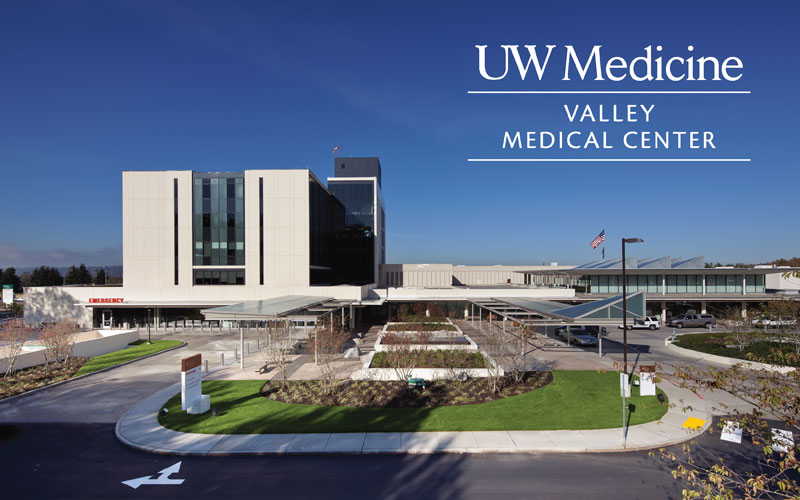
This year marks the 16th annual edition of Health Care’s Most Wired survey. In that time, hospitals and health care systems have made great strides in establishing the basic building blocks for creating robust clinical information systems aimed at improving patient care. This includes adopting technologies to improve patient documentation, advance clinical decision support and evidence-based protocols, reduce the likelihood of medication errors, and rapidly restore access to data in the case of a disaster or outage.
“At Valley Medical Center, we view information technology as a vital component to providing effective patient care,” says Wayne Manuel, Vice President of Information Technology and Chief Information Officer at Valley Medical Center. “Every year that we receive this designation is truly an honor, and a testament to the work our team conducts each day to ensure our patients have access to current, state of the art care. Whether it be through electronic medical records, implementation of MyChart, advanced use of analytics, or interfacing with patients through social media, we’re continually looking for new ways to innovate and improve access to care for our patients.”
“The Most Wired data show that shared health information allows clinicians and patients to have the information they need to promote health and make the most informed decisions about treatments,” says Rich Umbdenstock, president and CEO of the American Hospital Association. “Hospitals, their clinicians and their communities are doing tremendous work to enhance their IT systems in ways that support care and delivery improvement, and patient engagement goals.” Among some of the key findings this year:
Among some of the key findings related to improving quality and patient safety:
- Nurses and physicians share best practices for patient safety and use checklists at more than 90 percent of Most Wired organizations.
- To help consumers make better decisions about their health care, standard measures of individual hospital quality performance are reported and publicly available. Nearly half of Most Wired organizations share this information on their websites and 86 percent provide quality scores to clinical leaders on a regular basis as part of their performance improvement initiatives.
To that end, nearly all participants in the Most Wired Survey and Benchmarking Study have an established health IT project governance process and evaluate existing workflow processes and desired outcomes.
The 2014 Most Wired Survey also covered the evolution of new models and payment from the IT perspective. As health care delivery moves to a value-based system, it will require more and better use of data analytics, care coordination and population health management.
- 36 percent of Most Wired hospitals aggregate data from patient encounters to create a community health record.
- 71 percent of Most Wired hospitals manage care transitions compared with 57 percent of all responding organizations.
- 43 percent of Most Wired organizations integrate clinical and claims data so that they are accessible, searchable, and reportable across the care community
- 69 percent of Most Wired hospitals use tools for retrospective analysis of clinical and administrative data to identify areas for improving the quality of care and reducing the cost of care delivered. “Healthcare professionals need to be free to communicate virtually across teams and to patients,” says Tad Reynes, regional vice president, AT&T Business Solutions. “Providing tools to do so can potentially reduce costs, simplify workflows, improve patient care and offer a better experience to users.”
- 35 percent of Most Wired hospitals use social media to deliver care management messages and 40 percent provide mobile applications for secure messaging with patients
The July H&HN cover story detailing results is available at www.hhnmag.com.
About the AHA
The 2014 Most Wired Survey is conducted in cooperation with McKesson Corp., AT&T, the College of Healthcare Information Management Executives, and the American Hospital Association.

